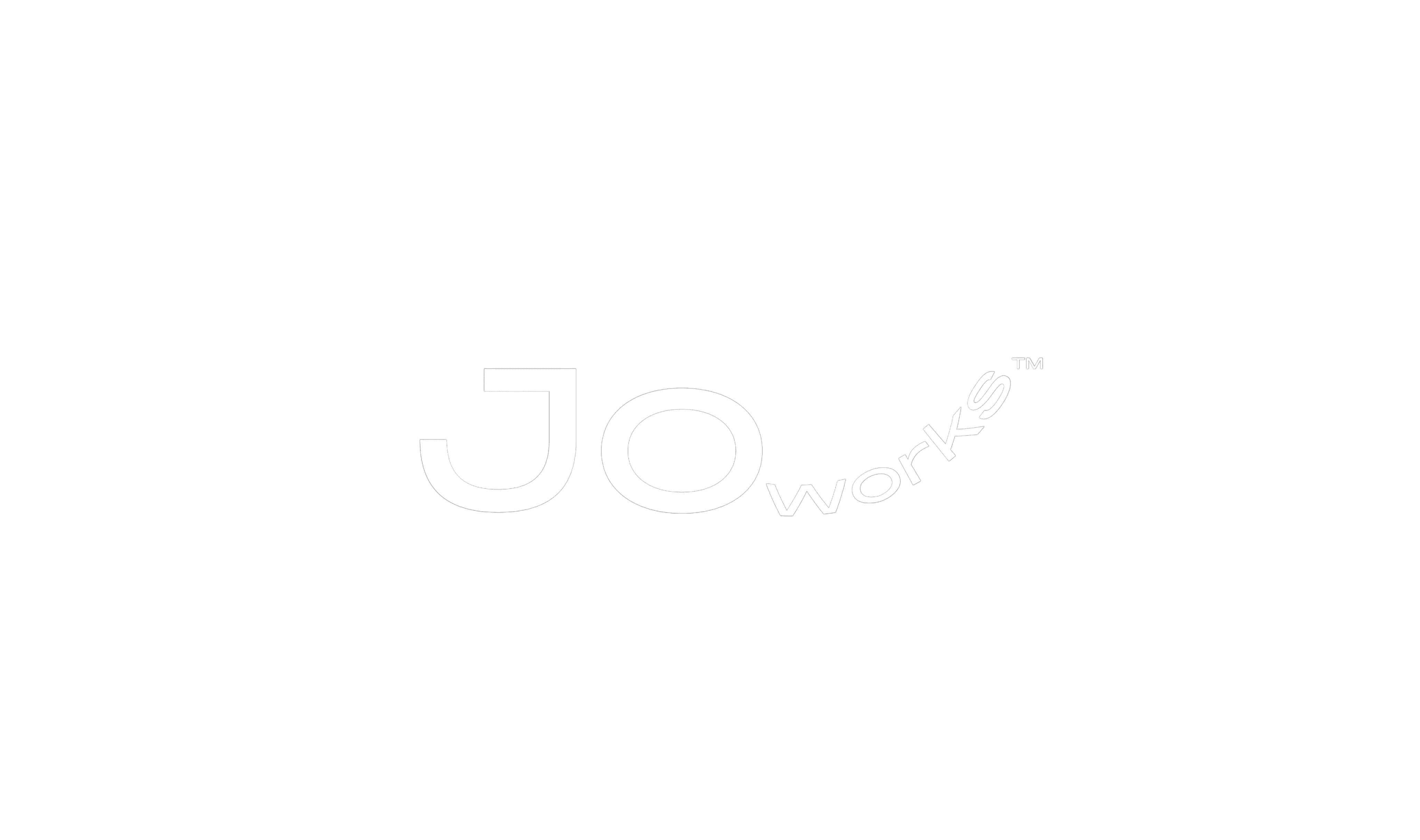Why Framer Stands Out: A High-Performance Web Design Tool
Oct 3, 2024
Framer is a high-performance tool for seamless web design and development.
Why Framer Stands Out: A High-Performance Web Design Tool

In the ever-evolving world of web design, businesses and designers alike are always on the lookout for tools that streamline the process without compromising quality or creativity. Among the plethora of web design tools available today, Framer stands out for its unparalleled performance, flexibility, and ability to create visually stunning websites. But what exactly sets Framer apart from other design tools, and why is it quickly becoming the go-to choice for modern web design?
1. High-Performance Websites, Every Time
When it comes to building a website, performance is key. A slow-loading website can turn potential visitors away, harm SEO rankings, and ultimately, damage your brand’s online reputation. Framer ensures high-performance by optimizing everything from the code structure to media assets, ensuring websites built with this tool load quickly and run smoothly across all devices.
Why Framer excels in performance:
• Optimized Code Output: Framer exports clean, efficient code, avoiding the bloat often generated by traditional drag-and-drop builders.
• Fast Rendering: Websites built with Framer load faster, thanks to its highly optimized framework, ensuring a smoother user experience.
• SEO-Friendly Structure: Framer supports clean HTML structure and meta tags, making it easy to rank higher in search engines, which is essential for visibility.
2. Seamless Interaction Design
Framer is not just a tool for static websites; it’s a powerhouse for building dynamic, interactive web experiences. With built-in animation and interaction tools, designers can easily create scroll-based effects, hover animations, and more, all without writing complex code. This makes it ideal for brands that want to offer an engaging, memorable user experience.
Key interaction design features:
• Drag-and-Drop Animations: Easily create dynamic animations and transitions without needing to dive deep into code.
• Scroll-Triggered Animations: Bring your website to life by adding animations that trigger as users scroll through content.
• Advanced Interactivity: Integrate interactive elements like buttons, sliders, and hover effects that elevate user engagement.
3. Speed and Efficiency in Design
Time is a critical factor for both designers and businesses. Framer’s intuitive interface and real-time feedback make it incredibly fast to prototype, design, and build websites. With Framer, what you design is exactly what you get (WYSIWYG), meaning there are no surprises when moving from design to development.
Framer’s efficiency features:
• Real-Time Editing: As you design, you see changes instantly, which eliminates the need for time-consuming back-and-forths between design and development.
• Component-Based Design: Framer allows designers to create reusable components, speeding up the design process and ensuring consistency across pages.
• Collaborative Workflow: Teams can easily collaborate in Framer, providing real-time feedback and edits, streamlining the entire design-to-development process.
4. Full Control with Code When Needed
Unlike many other design tools that either require full coding skills or offer no coding options at all, Framer offers the best of both worlds. Designers can leverage Framer’s no-code interface for most tasks, but if you need to add custom functionality or advanced features, Framer allows you to inject code seamlessly. This balance of flexibility makes it a powerful tool for both beginners and experienced developers.
Why this matters:
• Customizability: When you need to go beyond the built-in features, Framer allows you to easily add custom code, offering complete flexibility without needing to switch to a different platform.
• Integrations: Framer can integrate with third-party APIs and tools, giving developers the freedom to enhance functionality with just a few lines of code.
5. Responsive Design Made Easy
In today’s digital landscape, it’s not enough to simply have a website—it must look and perform well across all devices, from desktop to mobile. Framer makes creating responsive designs a breeze. With its auto-layout and breakpoints, designers can easily build websites that adapt seamlessly to different screen sizes, without having to adjust each element manually.
What makes Framer’s responsive design special:
• Auto Layout Features: Framer’s intuitive layout system ensures that your designs automatically adjust to fit various screen sizes.
• Preview Across Devices: You can preview your website on different devices (mobile, tablet, desktop) in real-time, ensuring that your website performs perfectly everywhere.
• No Need for Additional Plugins: Unlike traditional builders, you don’t need to rely on third-party plugins to achieve responsiveness—Framer has it all built in.
6. Design and Development in One Tool
One of the biggest advantages of using Framer is that it bridges the gap between design and development. In many web projects, there is a disconnect between what the designer envisions and what the developer builds. Framer eliminates this issue by serving as both the design and development environment, ensuring that what you design is exactly what gets built.
Why this matters:
• Eliminates Miscommunication: Since Framer serves as both a design and development tool, there’s no handoff to a separate developer, ensuring pixel-perfect design implementation.
• Fast Prototyping and Testing: Framer allows for real-time prototyping, letting designers and stakeholders see exactly how the site will function before it’s fully developed.
7. SEO and Performance Optimization
When it comes to getting your website found on search engines, Framer excels. Many web design platforms focus solely on the visual elements and overlook the importance of SEO (Search Engine Optimization) and performance. Framer, however, ensures that your website is not only beautiful but also optimized for search engines.
Framer’s SEO advantages:
• Clean Code Structure: Framer generates clean, semantic HTML, which is crucial for search engine crawlers.
• Customizable Metadata: Easily add meta tags, descriptions, and keywords to enhance your website’s visibility.
• Fast Loading Speed: Optimized images and assets ensure fast load times, which is not only important for user experience but also a ranking factor in Google’s algorithm.
Conclusion: Why Framer Is the Future of Web Design
Framer is revolutionizing the way websites are designed and built, offering a seamless integration of design, animation, and development. Its unique blend of no-code ease with the option for custom code makes it suitable for designers of all skill levels. Whether you’re a business looking to create a sleek, high-performance website or a designer aiming to push creative boundaries, Framer delivers the tools needed to craft exceptional digital experiences.
For businesses looking to stand out in the crowded digital space, using Framer ensures that your website is not only visually stunning but also performs exceptionally well. With its focus on speed, interactivity, and ease of use, Framer truly stands out as the web design tool for the future.


